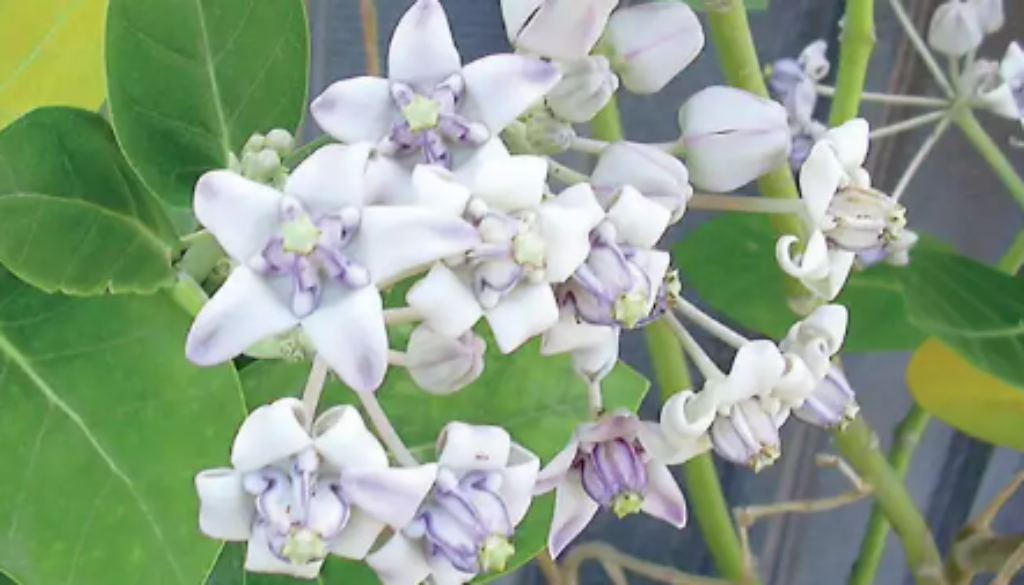Milk weed
Milkweed, belonging to the genus Asclepias, is a diverse group of herbaceous perennial plants native to North and South America. Known for its distinctive flowers and milky sap, milkweed plays a vital role in supporting the lifecycle of monarch butterflies and other pollinators.
Part Used: Various parts of the milkweed plant are utilized for different purposes. The leaves and stems contain a milky latex sap that contains toxic compounds called cardiac glycosides. Despite its toxicity, milkweed has been used in traditional medicine for its potential medicinal properties. The seeds of some milkweed species are also edible and have been consumed by indigenous peoples for centuries.
Usage: Milkweed is primarily valued for its role in supporting monarch butterflies during their lifecycle. The plant serves as the sole food source for monarch caterpillars, providing essential nutrients and chemicals that help protect them from predators. Milkweed also attracts a wide variety of pollinators, including bees, butterflies, and hummingbirds, with its fragrant flowers and abundant nectar. In addition to its ecological importance, milkweed has been used in herbal medicine to treat various ailments, including respiratory issues, skin conditions, and digestive disorders.
Agrotechniques: Cultivating milkweed is relatively straightforward, as the plant is adaptable to various soil types and growing conditions. Milkweed prefers full sun to partial shade and well-drained soil. It can be propagated from seeds, which should be planted directly in the ground in early spring or fall. Milkweed seeds require a period of cold stratification to germinate, so they can be refrigerated for a few weeks before planting. Once established, milkweed requires minimal maintenance, although some species may spread aggressively and require containment. Overall, cultivating milkweed provides not only beauty to the garden but also vital support for pollinators and wildlife.




